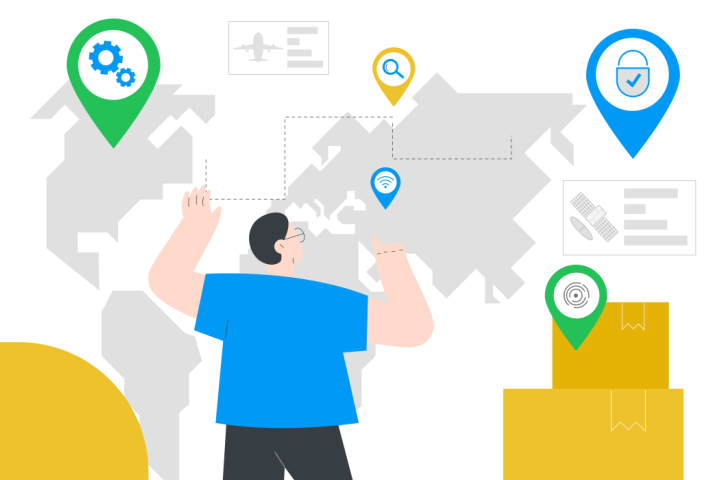Facebook is an integral part of modern workplace with 75% of people using this social media every day in the office and 60% checking multiple times, according to a recent survey cited on Bloomberg. But while most attempts to limit Facebook use are either overkill or next to useless, there are real solutions to intelligently manage its availability.
Often the solution to workplace Facebook use is given in binary terms: Yes or No. Either allow employees access to FB (and hope they do not waste too much time) or do a complete ban (and make everyone unhappy). Or, there is the “Be Nice” path of a Social Media Policy as outlined on Bloomberg – lawyers explaining to employees what they can and can not do.
Both the binary and the “Be Nice” solutions have shortsighted. “They are wrong from both a management and a IT perspective, as they are like giving kids a poolside lecture on proper behavior”
points out Pavel Krátký, CTO of Safetica Technologies.”To be effective, you have to let them in the pool, blow the whistle when they are out of line, then get them out of the pool as needed.”
Technology has moved. It is now possible to have a company acceptable use policy which sets limited boundaries for various social media such as Facebook without going for a complete ban or a legalistic approach.
Choose management over monitoring
Word choice such as “monitoring” can be misleading with it comes to overseeing social media activity. “There are solutions on the market now that go very deep when they monitor social media activity. They can monitor specific things such as message content – something that raises the hackles of privacy advocates, the European Commission, and even the National Labor Relations Board,” explains Pavel.
But what companies really want is social media activity “management” he clarifies. They want productive employees and would rather not go deep into an individual employee's private postings. Instead, they would like to know the specific times that he is active on Facebook or other social media. They also would like a way to set some limits which do not transform the line manager into an overbearing Internet Policeman.
Make it easy for everyone
Companies can easily establish a policy that set limits for employees to visit Facebook, Twitter or play games during work time. It is entirely possible to cap it, for example, at one hour a day. As part of its enforcement of internet use policies, Safetica counts the active time spent on specific internet applications and alerts managers – and employees – if the established line is crossed. And this does mean active time. While other solutions can only see the url visited at specific time or maybe look at the contents of Facebook activity, Safetica looks at the actual time spent on the specific website. Even better, implementing an IT use policies for either departments or individuals only takes a few minutes.
Develop a cooperative solution
Limitations on social media don't have to be antagonistic. With Safetica, IT policies can be part of a cooperative exchange between employees and mangers. By monitoring in a transparent way, both employees and managers get to see the data. This makes it clear what time is spent on social media and on work applications. As productivity increases, employees can have more freedom to use social media.
Safetica enables managers to uncover social media's influence on productivity through its oversight of working applications. In the Trends function, managers can see if someone spending more time with Facebook has higher or lower productivity. It also allows to see how productive users are throughout the day as they come and go from Facebook and return to their work. This unveils how social media activity can be influenced by factors such as a new manager, a new company policy, and teambuilding exercises.
“It's all about removing the uncertainty over social media use at the workplace, says Pavel. “Social media isn't something to fight over. Feel free to use it, but just within the limits.”
Next articles

Securing Slack: The Power of Data Loss Prevention
Slack has become the go-to cloud-based collaboration tool for companies of all sizes. Read how to secure Slack with Safetica.

